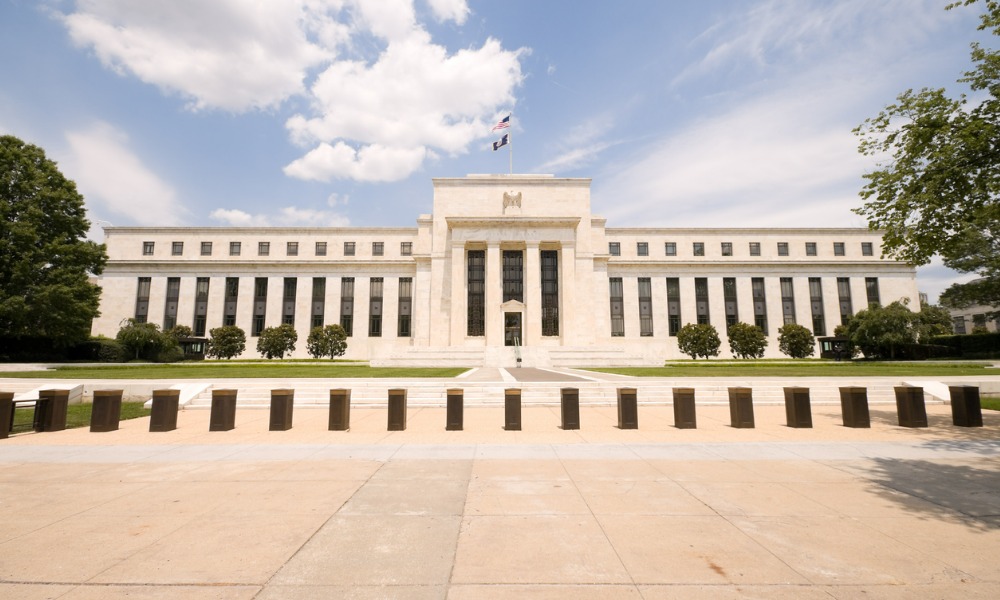Has recent banking turmoil softened U.S. central bank's hawkish stance?

In what could be one of the most historically challenging decisions ever on U.S. monetary policy, the Federal Reserve has decided to raise its key policy rate by 0.25%.
With that announcement, interest rates in the U.S. are in the 4.75% to 5% range, continuing a streak of rate hikes that began a year ago. It indicated that it expects another quarter point in rate increases this year to a peak range of 5% to 5.25%, which while in line with its December estimate, is lower than the level markets anticipated before Silicon Valley Bank's meltdown.
In a statement after a two-day meeting, the Fed recognized the strain the banking implosion has caused but added the financial system is stable.
“The U.S. banking system is sound and resilient,” the Fed said. “Recent developments are likely to result in tighter credit conditions for households and businesses and to weigh on economic activity, hiring and inflation. The extent of these effects is uncertain.”
Today’s decision was already in sharp focus two weeks ago, when market watchers keen for a pause in the central bank’s tightening campaign – similar to what the Bank of Canada has opted for – were startled by hawkish comments from Federal Reserve Chair Jerome Powell.
In an appearance at Capitol Hill, Powell indicated the bank might have to raise interest rates further and more quickly than expected. While CPI data showed inflation was moderating, he cited concerns that progress on achieving price stability was beginning to stall, which could necessitate an increase of as much as 50 basis points.
In February, inflation in the U.S. clocked in at 6%, slightly slower than the 6.4% pace the previous month.
Following those hawkish comments, a series of high-profile blowups in the U.S. banking system involving Silvergate Bank, Silicon Valley Bank and Signature Bank, raised concerns about weaknesses that could be lurking within smaller lenders’ balance sheets.
The U.S. government and private players have since then pulled out all the stops to restore trust in banks. That includes a $30-billion infusion into First Republic from major Wall Street players, among them JP Morgan & Chase, a survivor of the Financial Crisis in 2008.
Nonetheless, the damage was done, leaving investors wondering how the Federal Reserve’s calculus on increasing rates has changed given the largest crisis in confidence for banks in more than a decade.
Now, they have their answer.



